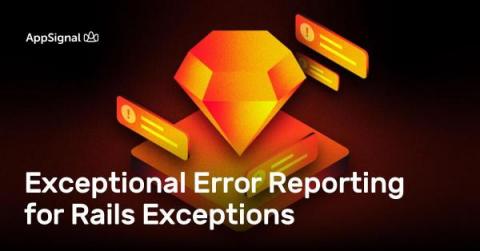Advanced Usages of Devise for Rails
In part one of this series, we introduced Devise using an example app to explore modules, helpers, views, controllers, and routes. In this part, we'll explore more advanced usages of Devise, specifically the use of OmniAuth, API authentication, and Authtrail. Let's dive straight in!









